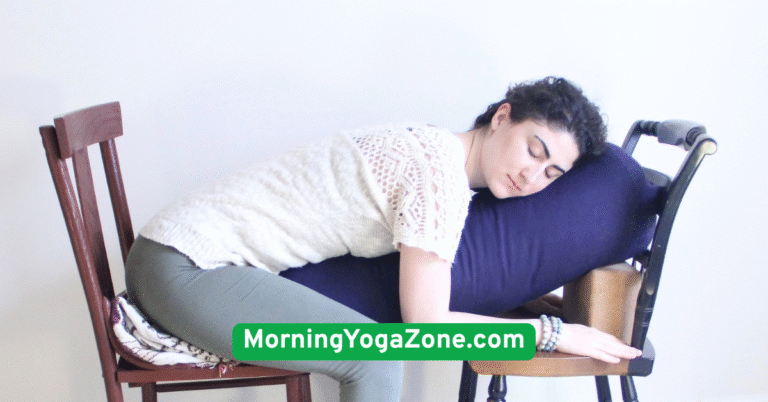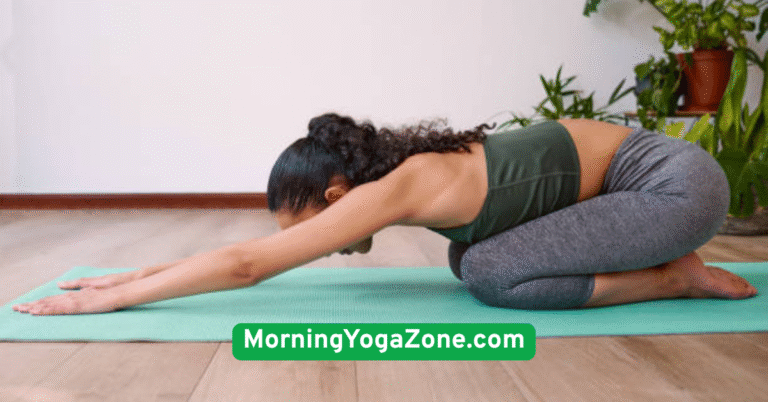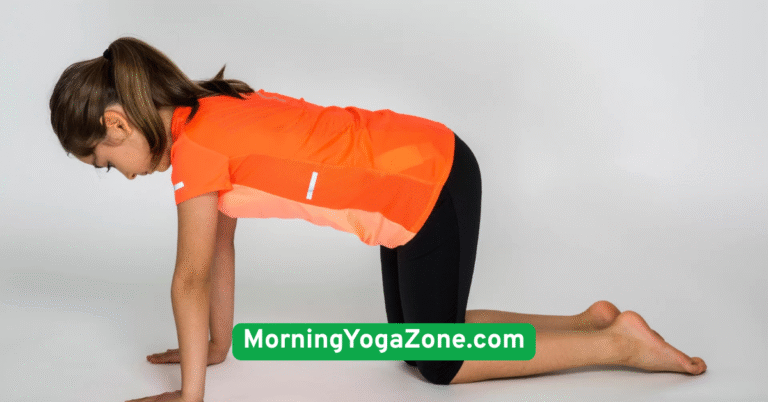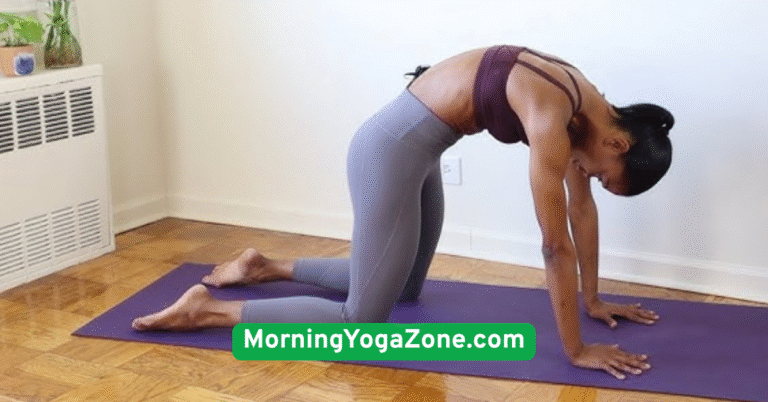5 Effective Morning Yoga Ideas for Flexibility in 2025
Waking up feeling stiff and tight is more common than you might think. It can be frustrating to start your day feeling less than your best. Luckily, the right morning yoga routine can gently ease your muscles awake, improve flexibility, and set a peaceful, energized tone for the entire day. Did you know that just a few minutes of mindful stretching can improve your range of motion, reduce pain, and boost circulation? Whether you’re new to yoga or looking to refresh your morning routine, these 5 effective morning yoga ideas for flexibility will guide you through simple but powerful stretches that loosen tight muscles and awaken your body gracefully. So, grab your yoga mat, and let’s dive into the gentle world of flexibility-enhancing morning yoga!
1. Cat-Cow Stretch (Marjaryasana-Bitilasana) to Warm Up the Spine
The Cat-Cow stretch is a beautiful, flowing sequence that helps awaken the spine and improve flexibility in the back and neck. It’s often the first pose recommended in morning yoga routines because it warms up your entire spine gently and enhances body awareness through breath coordination. Starting on all fours, you alternate between arching your back towards the ceiling (Cat) and dipping it toward the floor while lifting your head and tailbone (Cow). This movement encourages spinal mobility, which is essential for reducing stiffness and maintaining a healthy posture throughout the day.
One of the best things about the Cat-Cow stretch is its accessibility. Even beginners can benefit immensely by focusing on smooth, controlled breaths as they move. Inhaling deeply as you arch your back opens the chest and lungs, while exhaling during the rounding phase massages the internal organs and soothes the nervous system. This gentle flow not only helps with spinal flexibility but also boosts circulation to muscles that tend to get tight overnight.
Incorporating this stretch into your morning routine can help reduce discomfort caused by prolonged sitting or sleeping in a fixed position. As you get comfortable, try to slow down your movements, syncing breath and motion mindfully. This simple practice is an easy but powerful way to prepare your body for more challenging stretches later in the routine.

2. Downward Facing Dog (Adho Mukha Svanasana) to Lengthen the Hamstrings and Calves
Next up is Downward Facing Dog—a classic yoga pose that works wonders for the entire backside of your body, particularly the hamstrings, calves, and lower back. This pose is renowned for its ability to stretch tight muscles and strengthen the arms and shoulders simultaneously. For many people, especially those who sit for long periods, the hamstrings and calves become shortened and stiff. The downward dog elongates these muscles, promoting better posture and reducing the risk of injury.
To enter Downward Dog, start on your hands and knees, then lift your hips toward the ceiling, forming an inverted “V” shape with your body. Your hands should be shoulder-width apart, fingers spread wide for stability, and your feet hip-width apart. Beginners might find it challenging to keep the heels touching the floor or to straighten the legs fully, but modifications like bending the knees slightly or using blocks under the hands can make the pose more accessible.
Holding Downward Dog for 30 seconds to a minute while focusing on steady breathing helps calm the nervous system and improve blood flow. This pose not only increases flexibility in the legs but also strengthens your upper body, making it a comprehensive posture for morning energy and mobility. Plus, it’s a perfect transition pose to link with other stretches in your routine.
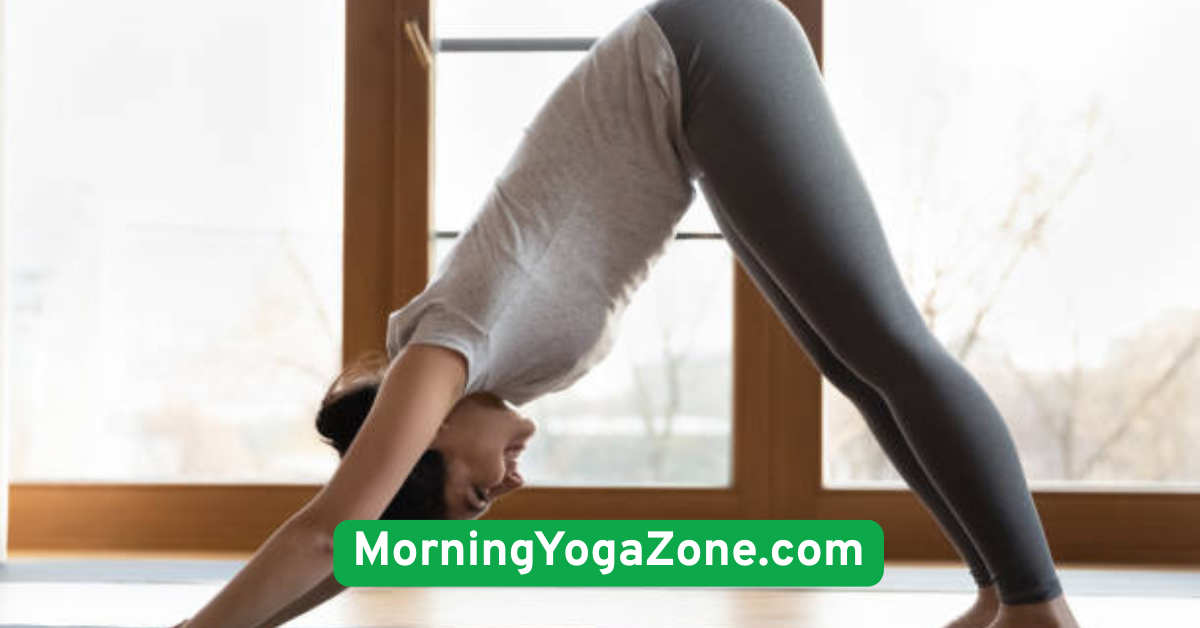
3. Seated Forward Fold (Paschimottanasana) for Hamstring and Lower Back Stretch
The Seated Forward Fold is a calming yet deeply effective pose for increasing flexibility in the hamstrings, calves, and lower back. After energizing the spine and stretching the back of your body, it’s important to gently elongate these areas to reduce tension and promote relaxation. This pose is especially beneficial for those with tight hamstrings, a common issue that can limit overall mobility.
To practice Paschimottanasana, sit with your legs extended straight in front of you. With a long spine, inhale deeply, and on the exhale, slowly hinge forward from the hips, reaching toward your feet. It’s crucial to avoid rounding your back excessively; instead, aim to lengthen through the spine as you fold. If you can’t reach your feet, using a yoga strap around the soles of your feet helps maintain proper alignment without strain.
The beauty of this pose lies in its combination of stretch and mindfulness. Holding the forward fold for 30 seconds to a minute while breathing deeply encourages muscle elasticity and mental calmness. For beginners or those with limited flexibility, it’s okay to bend the knees slightly. Over time, as flexibility improves, you’ll find yourself reaching further and feeling more open in your lower back and legs.
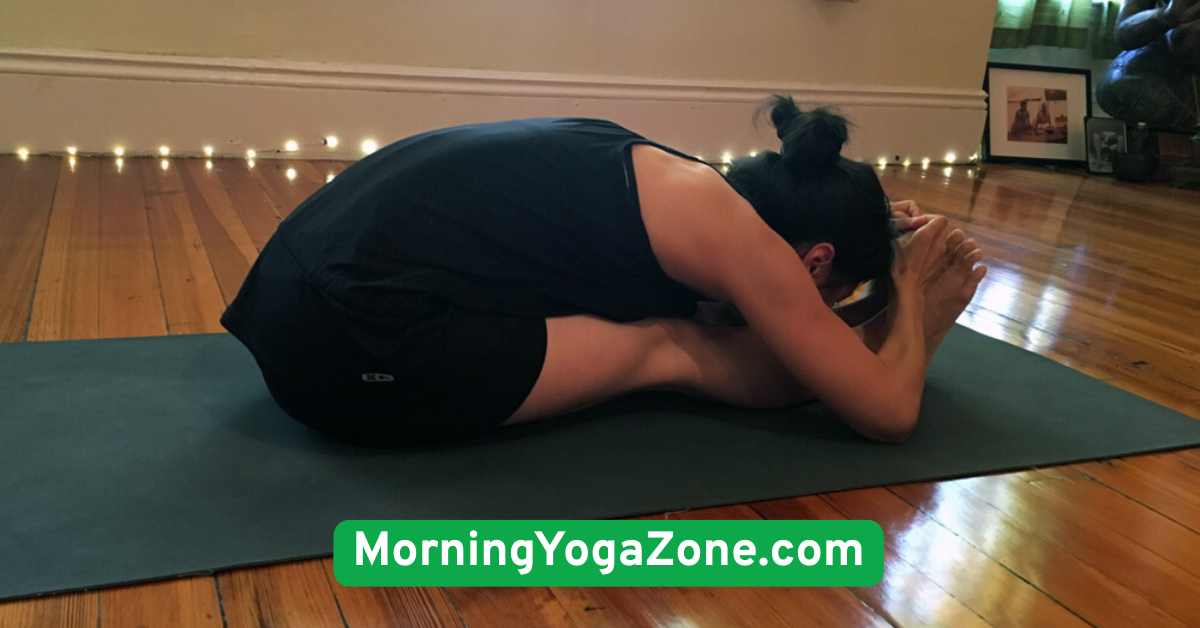
4. Low Lunge (Anjaneyasana) to Open Hips and Thighs
Tight hips are often an overlooked source of discomfort and limited mobility. Low Lunge, also called Anjaneyasana, targets the hip flexors and quadriceps, areas that become tight from prolonged sitting. This pose helps open the front of the hips, improves balance, and gently stretches the thighs, all contributing to enhanced flexibility.
To perform the Low Lunge, step one foot forward between your hands from a kneeling position, keeping the back knee on the floor. Sink your hips forward and down while keeping your chest lifted and shoulders relaxed. For added stretch, raise your arms overhead and gaze upward. This pose not only stretches but also strengthens the legs and core, making it a powerful addition to any morning yoga practice.
Beginners can modify by placing a blanket under the back knee for cushioning or keeping their hands on the floor for stability. Holding Low Lunge for 30 to 45 seconds on each side encourages greater hip mobility and helps release tension stored in the lower body. This pose is especially helpful for runners, cyclists, or anyone who spends a lot of time sitting during the day.
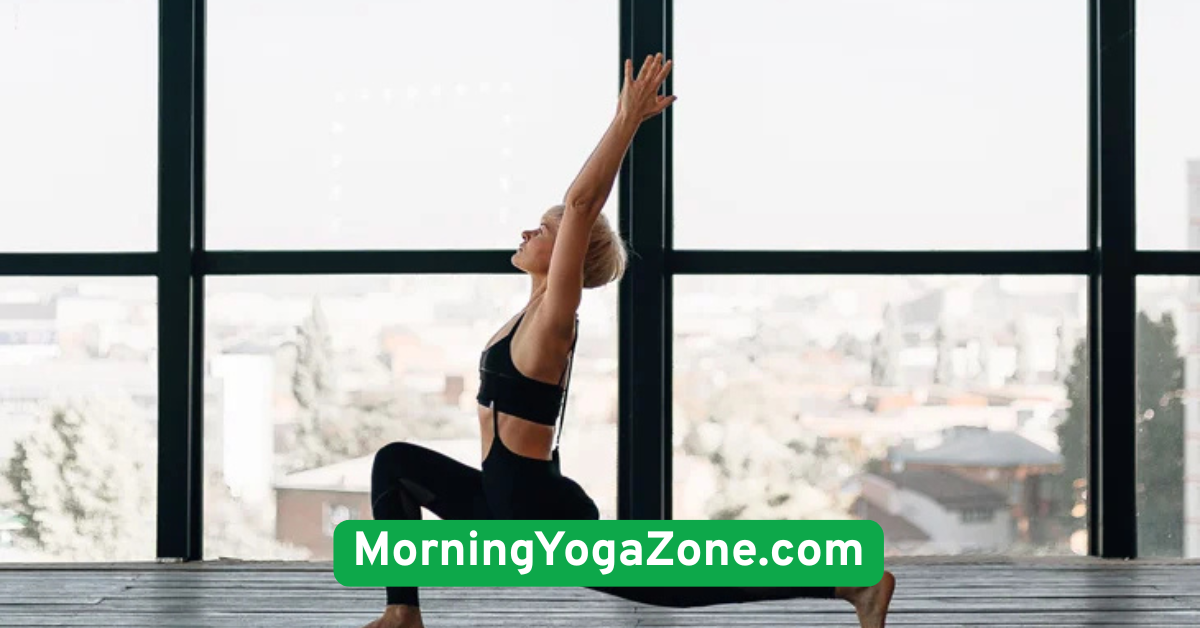
5. Reclining Twist (Supta Matsyendrasana) to Release Spinal Tension
Finishing your morning yoga routine with a gentle spinal twist like Reclining Twist can bring a sense of release and calm to the body. Twists help maintain spinal flexibility by mobilizing the vertebrae and stretching the muscles around the spine. Additionally, this pose aids digestion and relieves tension in the back and hips.
To practice Supta Matsyendrasana, lie on your back and draw one knee toward your chest. Gently guide the knee across your body toward the opposite side, keeping your shoulders grounded. Extend your opposite arm out wide and turn your gaze away from the bent knee to deepen the twist. This gentle rotation massages your internal organs and promotes detoxification.
Holding the twist for 30 seconds to a minute while breathing deeply helps relax your muscles and nervous system. It’s a perfect way to end your morning flow with mindfulness and ease. For more comfort, use a folded blanket under your knee or head to support proper alignment.

Conclusion
Integrating these 5 effective morning yoga ideas into your daily routine is a wonderful way to improve flexibility, reduce stiffness, and boost overall wellbeing. From the energizing Cat-Cow stretch to the calming Reclining Twist, each pose plays a unique role in preparing your body and mind for the day ahead. The beauty of morning yoga lies in its simplicity and accessibility—no fancy equipment or special skills needed, just your breath, your body, and a bit of time. Consistency is key. With regular practice, you’ll find yourself moving more freely, feeling more balanced, and embracing a healthier, more vibrant lifestyle. So why wait? Roll out your mat tomorrow morning and experience the transformative power of flexibility-enhancing yoga!
